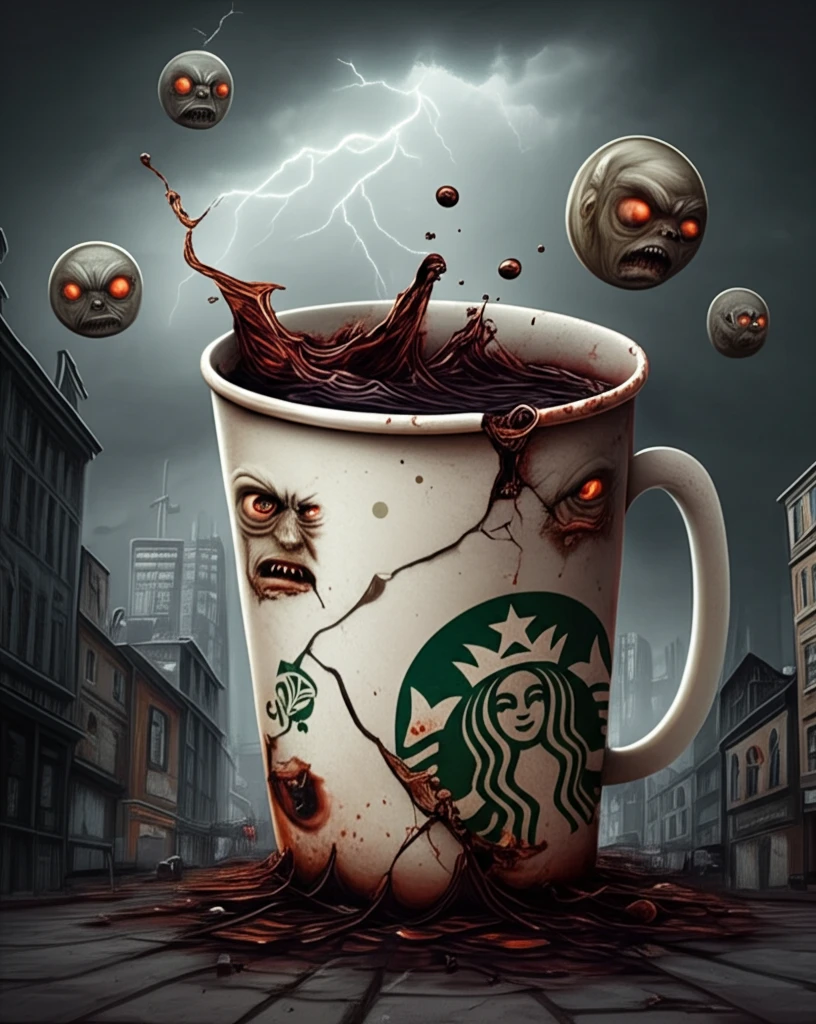
Brand Hate: Why Consumers Turn Against Their Favorite Brands
"Exploring the roots of brand hate and what companies can do to win back disgruntled customers."
In an era where consumer loyalty can shift with a single tweet, understanding the darker side of brand relationships is crucial. It's easy to talk about brand love, but what happens when those warm feelings turn cold? Brand hate, a concept that's gaining traction in marketing and consumer behavior studies, explores the intense negative emotions consumers can harbor towards brands.
Think about it: we've all had that moment when a brand we once admired suddenly rubs us the wrong way. Maybe it's a change in product quality, a tone-deaf marketing campaign, or a perceived ethical lapse. Whatever the reason, that shift from fondness to frustration—or even outright animosity—can have serious consequences for a company's bottom line.
This article dives into the phenomenon of brand hate, using Starbucks as a fascinating case study. By examining the factors that contribute to negative perceptions, we'll uncover valuable insights for brands looking to navigate the complexities of consumer sentiment and avoid becoming the target of widespread disapproval.
What Fuels Brand Hate? Exploring the Roots of Consumer Discontent

A research paper titled "Brand hate: the case of Starbucks in France" sheds light on the multifaceted nature of brand hate, revealing that it's not a monolithic emotion but rather exists on a spectrum. The researchers identified varying degrees of animosity, ranging from mild aversion to intense anger. This suggests that not all "haters" are created equal, and their reasons for disliking a brand can differ significantly.
- Cold Brand Hate: Seeing the brand as worthless.
- Warm Brand Hate: Experiencing negative emotions like repulsion, resentment, or revolt.
- Hot Brand Hate: Feeling extreme anger and anxiety towards the brand.
Turning the Tide: How Brands Can Combat and Overcome Negative Perceptions
Brand hate is a serious issue that can have lasting consequences. By understanding the factors that drive negative sentiment and taking proactive steps to address consumer concerns, companies can mitigate the risk of becoming a target of widespread disapproval. In today's hyper-connected world, a brand's reputation is more vulnerable than ever. Ignoring the warning signs of brand hate is a risk no company can afford to take.
